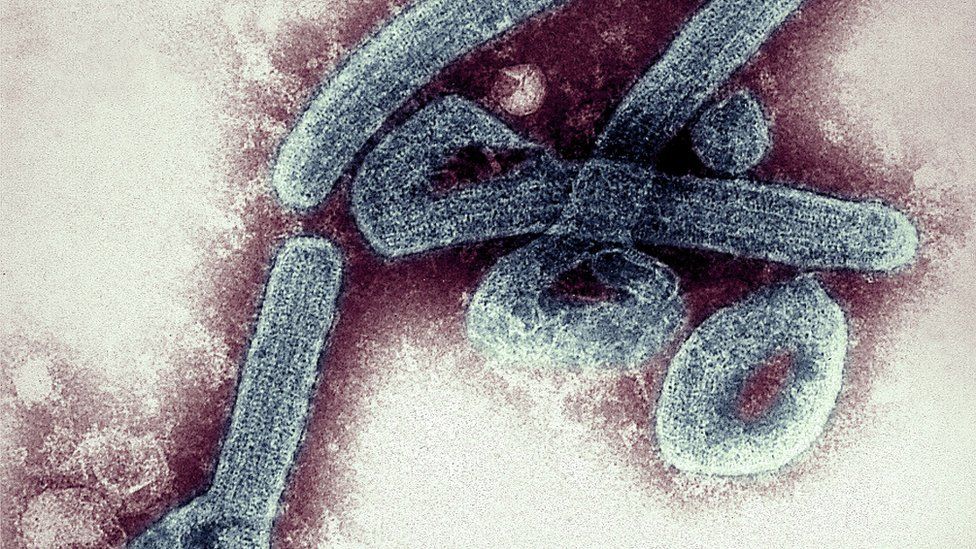
The first outbreak of the Marburg virus, a highly infectious Ebola-like virus was confirmed in Ghana. This is the second outbreak of the disease in West Africa. Previously, one case was identified last year in Guinea.
Ebola-like outbreak in Ghana
Ghana officially confirmed two cases of the highly infectious Marburg virus following two people testing positive earlier this month. Unfortunately, they did not survive. The disease is very similar to Ebola. “Further testing at the Institute Pasteur in Dakar, Senegal has corroborated the results,” stated Ghana Health Service (GHS). “Tests conducted in Ghana came back positive on July 10, but the results had to be verified by a laboratory in Senegal for the cases to be considered confirmed,” revealed the World Health Organization (WHO).
The GHS is working towards reducing the risk of spreading the virus by isolating all identified contacts. Fortunately, the contacts have not displayed any symptoms. “(Ghanaian) health authorities have responded swiftly, getting a head start preparing for a possible outbreak. This is good because, without immediate and decisive action, Marburg can easily get out of hand,” stated Matshidiso Moeti. Moeti is the WHO’s regional director for Africa.
What is the Marburg virus disease?
Marburg is a hemorrhagic fever-causing virus. It is often fatal in humans. It is similar to Ebola since they both belong to the same family of viruses. According to WHO, the disease is transmitted from fruit bats. It spreads among people through direct contact with bodily fluids of infected people, materials, and surfaces. Symptoms include hemorrhagic fever between five to seven days. Additionally, blood can be present in vomit and feces. they may also suffer from bleeding in the gums, nose, vagina, or other venepuncture sites.
“The two patients in southern Ghana’s Ashanti region both had symptoms including diarrhea, fever, nausea, and vomiting, before dying in hospital,” stated the WHO. As per the organization, there have been about a dozen major outbreaks of the disease since 1967. The outbreaks were mostly in the southern and eastern regions of Africa and the fatalities range from 24 to 88 percent. The fatalities have a wide range based on the virus strain and quality of case management.
